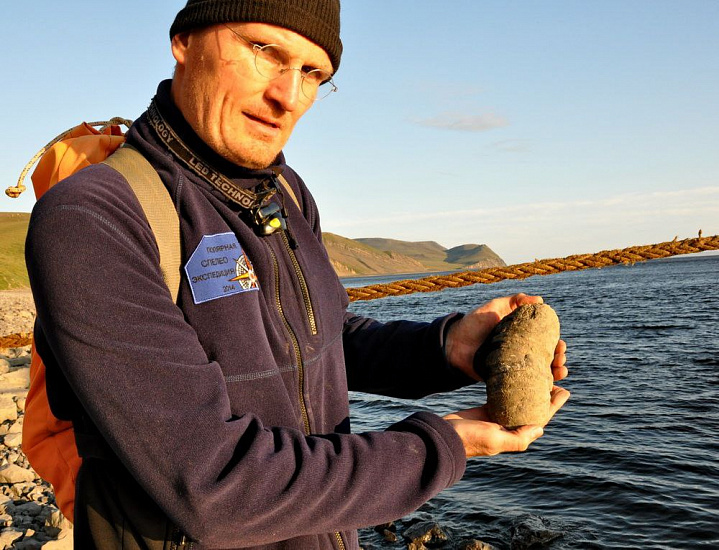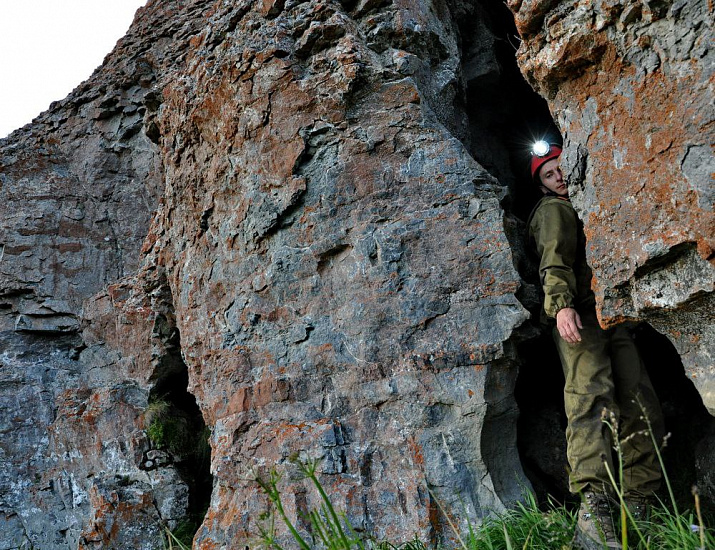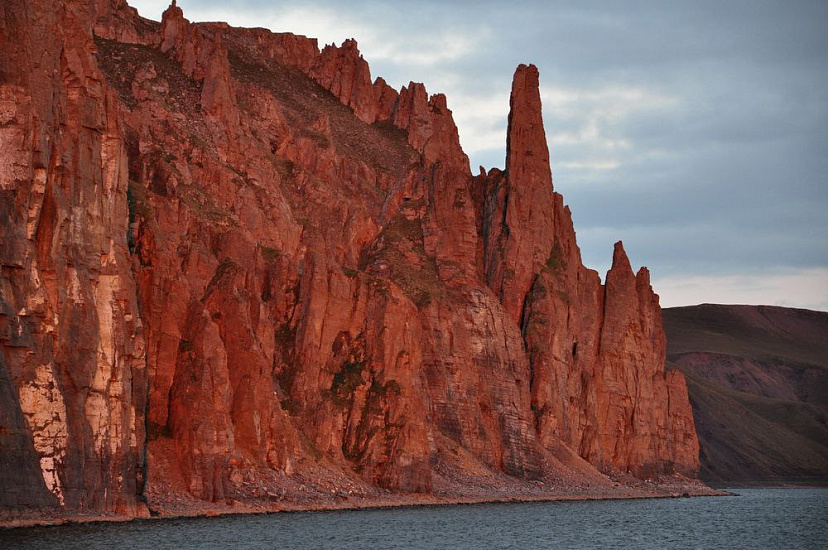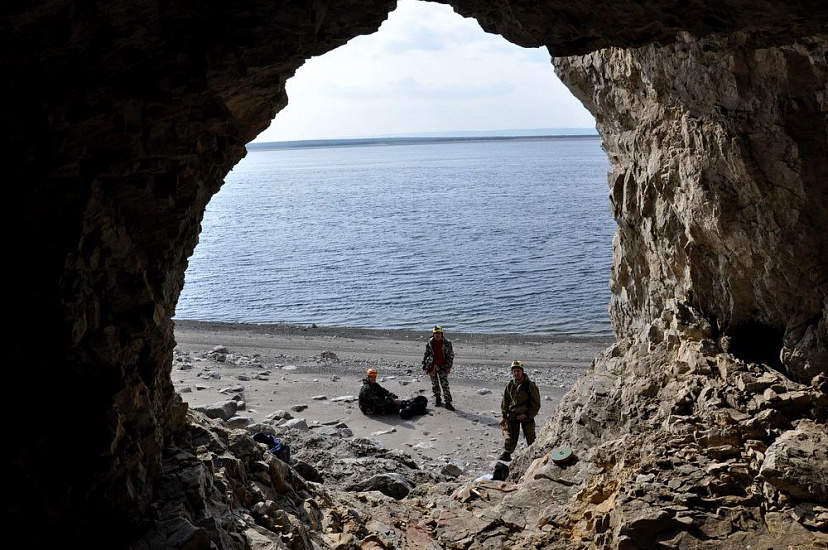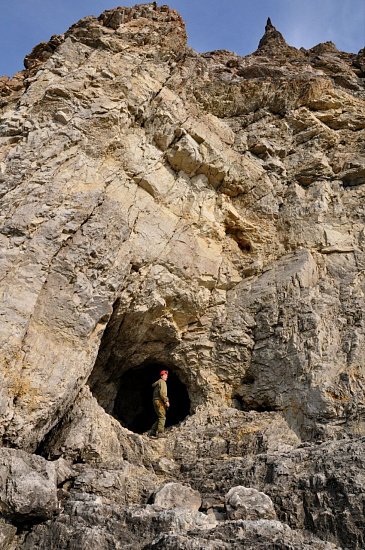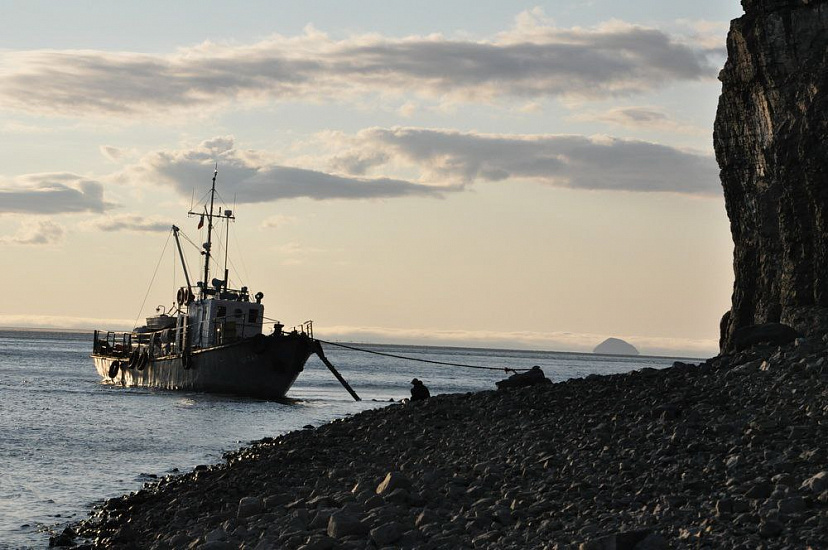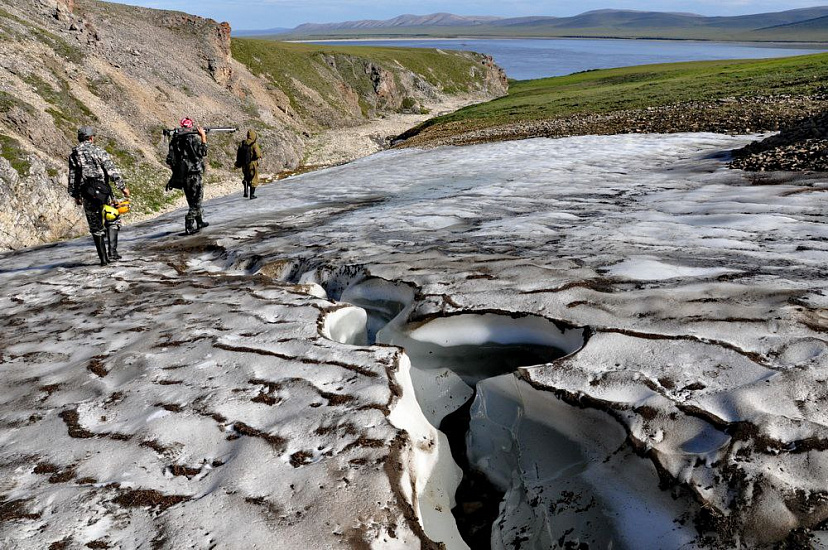International Research Team with Irkutsk Scientists Proves Arctic Permafrost Absence during Miocene Epoch
An international research team including scientists from Northumbria University, University of Oxford, Geological Survey of Israel, Arabika Speleological Club, Lena Delta Wildlife Reserve, Institute of the Earth's Crust SB RAS, and INRTU has found evidence that the Asian continent up to the Arctic Ocean lacked permafrost when Earth's average temperature was 4.5°C higher than today.
This research is based on over 60 dated samples discovered in caves of the Lena River Delta in northeastern Siberia. The study was published in the scientific journal Nature Communications.
As reported in the Oxford University release, the results indicate that unlike today, no permafrost existed across the Northern Hemisphere during this period. This suggests potential future changes: if global temperatures rise similarly, permafrost thaw could occur throughout the Northern Hemisphere. Such warming would release up to 130 billion tons of carbon currently frozen in Earth's subsurface.
Cave mineral deposits like stalagmites and stalactites form only when rainwater and meltwater seep through soil and rock, slowly creating underground cave formations. No deposits form when soil above caves remains frozen, as currently occurs across vast Siberian and Northern Hemisphere regions.
The study employs high-precision uranium-lead dating, measuring radioactive decay of natural uranium into lead in carbonate deposits. By analyzing trace elements at University of Oxford laboratories, researchers dated cave minerals from the Taba-Ba'astakh cliffs. These minerals formed 8.7 million years ago during the Late Miocene. Their presence indicates soil temperatures exceeded 0°C with no permafrost, allowing water infiltration.
Existing data from other regions show past global temperatures averaged 4.5°C higher than present. Thus, a 4.5°C temperature increase could thaw most Northern Hemisphere permafrost from Asia to the Arctic Ocean. Modern permafrost contains vast carbon reserves from organic matter. Thawing would release this carbon, accelerating warming.
Study co-author and INRTU Vice-Rector for Research Aleksandr Kononov commented:

“This research spanned over 10 years and is part of broader paleoclimatic and geocryological reconstruction of Eastern Siberia and Mongolia initiated in 2008.
The significance lies in identifying a geological period when permafrost was absent in Polar Regions now characterized by continuous, thick, low-temperature permafrost. This provides crucial geocryological insights into the pre-glacial cooling period that shaped extensive permafrost”.
According to Aleksandr Kononov, a key question in climate research is predicting global temperature thresholds triggering destructive cryolithozone processes. Current instrumental observations and modeling cannot solve this forecasting challenge.
“The geological principle of actualism lets us compare modern conditions with paleoclimatic results to understand climate change impacts on cryolithozone.We previously determined that a 1.5°C temperature increase activates permafrost degradation in southern geocryological zones, while 2.5°C affects the northern-southern boundary between 400,000 and 1.5 million years ago.
This study documents complete permafrost absence during the Late Miocene (8.7 million years ago) at temperatures 4.5°C above current levels,” explained Aleksandr Kononov.
Current research focuses on modern geocryological processes in Eastern Siberian and Mongolian caves and paleoclimate indicators in archives, enabling detailed reconstruction of past cryogenesis.
The article is available at the link.
The University of Oxford release can be found here.

